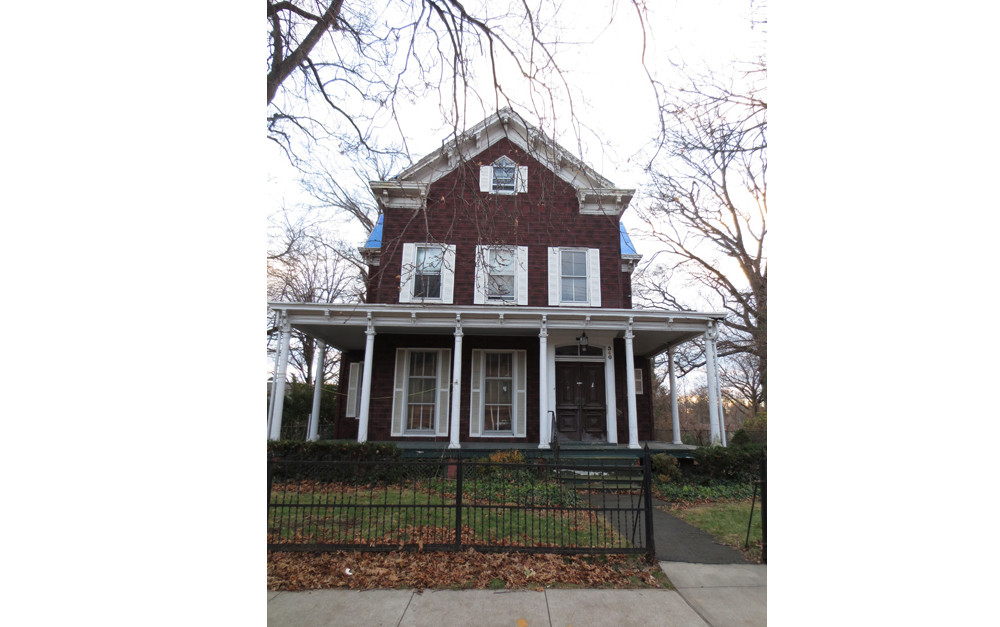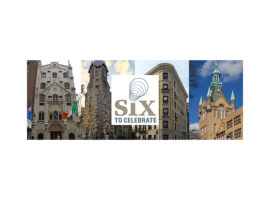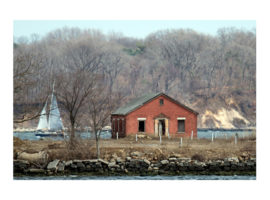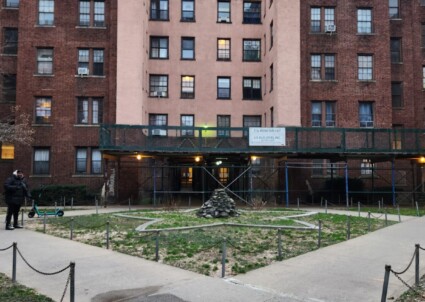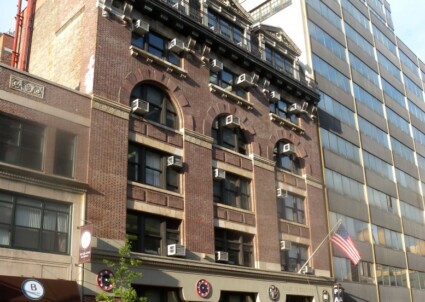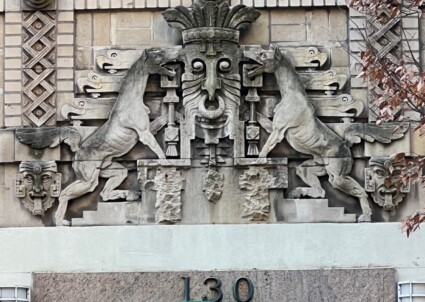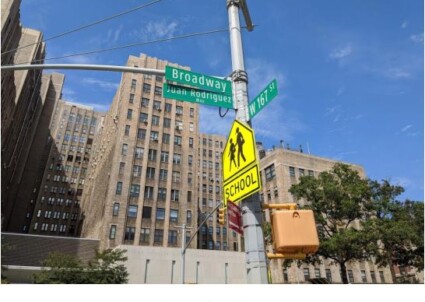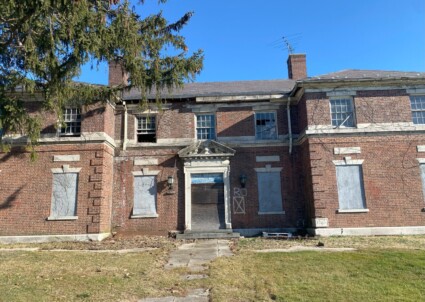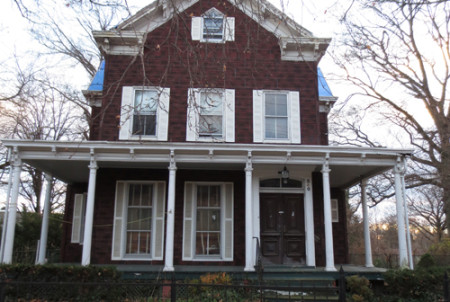Woodlawn Heights, The Bronx
Woodlawn Heights is located in the northernmost section of The Bronx, bounded by the City of Yonkers to the north, Woodlawn Cemetery to the south, the Bronx River to the east and Van Cortlandt Park to the west. The area, originally part of the town of Kingsbridge, was one of the first to be annexed to the City of New York in 1874, along with West Farms and Morrisania. Just as the rest of The Bronx, these towns had previously been part of Westchester County. The remainder of the borough was annexed in 1895-96, prior to the 1898 consolidation of the boroughs to form the City of New York. In the 18th century, the area was known as Washingtonville, named in honor of General George Washington, who constructed a redoubt and stored munitions during the Revolutionary War in the southeast corner of what is today Woodlawn Cemetery. By the early 20th century, perhaps due to the prominence of Woodlawn Cemetery (established in 1863), area residents began calling the neighborhood Woodlawn Heights or simply Woodlawn. The area remains anchored, both in name and geography, by Woodlawn Cemetery, which is well known for its beautiful landscapes and some of the finest mausoleums in the country.
For most of the 19th century, the area was largely rural, dotted with farms and woodlots. As is the case for most neighborhoods in the five boroughs, development was spurred on by the availability of transportation. The New York and Harlem Railroad (now Metro-North’s Harlem line) played a vital role in the development of Woodlawn Heights. The first section in lower Manhattan was constructed in 1832, and by 1841 this street railway had reached The Bronx. Although it was one of the first railroads in the United States, it was not very popular in its early days. Cornelius Vanderbilt acquired the Railroad in 1864 and merged it with the Hudson River Railroad five years later (this was a precursor to what became the New York Central Railroad). Even though ridership was still low, the presence of this rail line was very appealing to the founders of Woodlawn Cemetery, and, indeed, was a major factor in selecting a site for the cemetery (the railroad runs adjacent to the cemetery’s eastern edge). In 1891, Manhattan’s Third Avenue El extended to The Bronx, and in 1914-17, the IRT subway reached this area with a network of elevated lines that not only connected The Bronx to the rest of the city, but connected Woodlawn Heights to other parts of the borough. Of all these transit improvements, the extension of the subway to this part of the city had the greatest impact, transforming it into a low-density, suburban enclave. Much of the neighborhood was constructed around this time or just after.
Early residents of Woodlawn were primarily German, Italian and Irish, and were members of the working class. Today, the neighborhood’s largely middle-class population of about 8,000 includes a significant portion that are of Irish descent, including more recent Irish immigrants. In fact, Woodlawn is affectionately known as New York City’s “Little Ireland,” physical evidence of which is found in its many Irish pubs along Katonah Avenue, its commercial spine, architectural flourishes like green trim and shamrock details, and its robust annual St. Patrick’s Day Parade. This family-oriented neighborhood features a charming array of detached, one- and two-family houses, some apartment buildings and hilly streets. In May 2016, Woodlawn was down-zoned to maintain orderly growth and to avoid out-of-character mid- to high-rise development, thus preserving its low-rise residential character.
